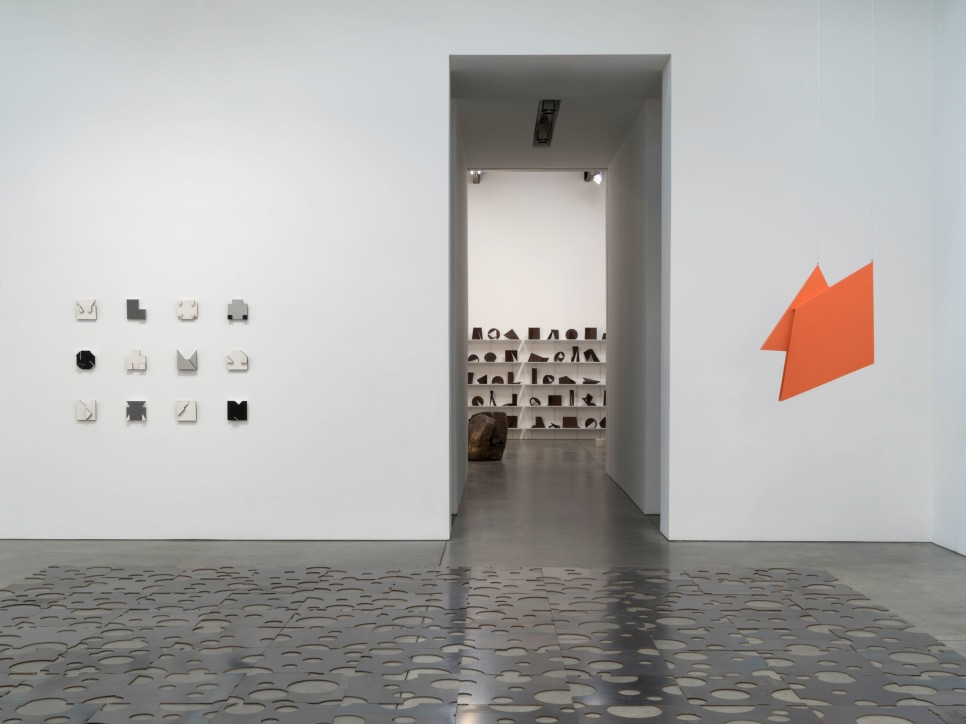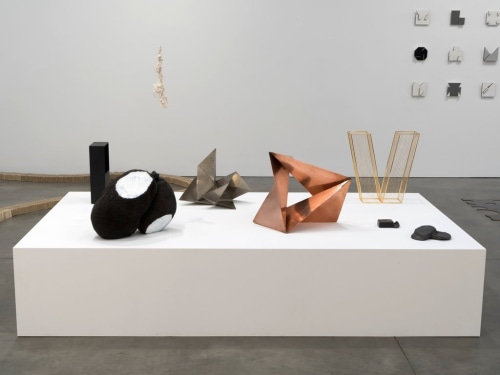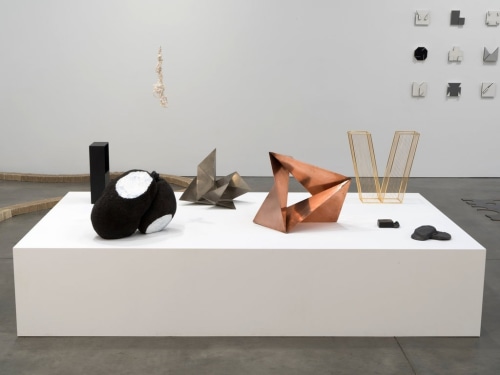

“Empty House Casa Vazia,” at Luhring Augustine, features works by 18 Brazilian artists from several generations.
Credit: John Berens/Luhring Augustine, New York
Despite increased exposure, New York’s relationship with Latin American modernism (as well as with the modernisms of Asia and Africa) stays stuck in the getting-to-know-you stages. Interestingly chosen exhibitions like “Empty House Casa Vazia” in mainstream galleries like Luhring Augustine could help deepen familiarity.
Organized by Donald Johnson Montenegro and Lucrecia Zappi, this show places the work of 18 Brazilian artists spanning generations on a historical and stylistic continuum. The earliest — Lygia Clark, Hélio Oiticica, Lygia Pape and Mira Schendel — came of age in the 1950s and ’60s. They inherited certain early European modern styles reflecting clean-lined, hard-edged utopianism, from which they derived their own organic, interactive, often politically loaded Neo-Concrete variations. They in turn inspired younger artists, most based in São Paulo or Rio de Janeiro.
Read full article at nytimes.com

